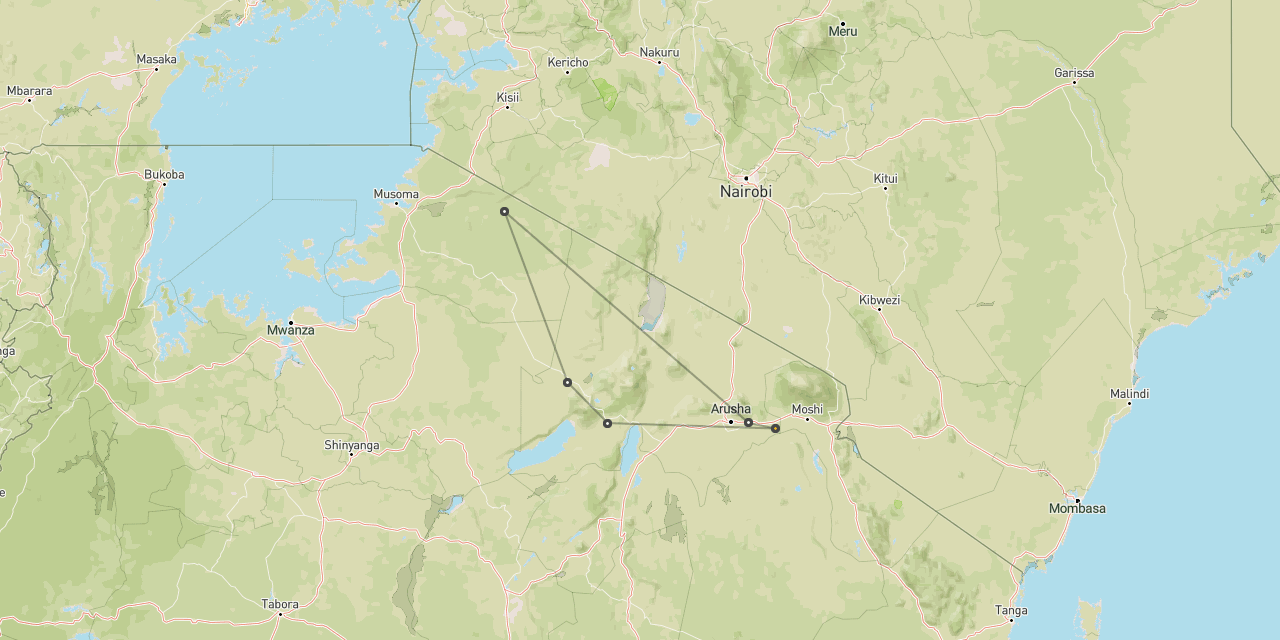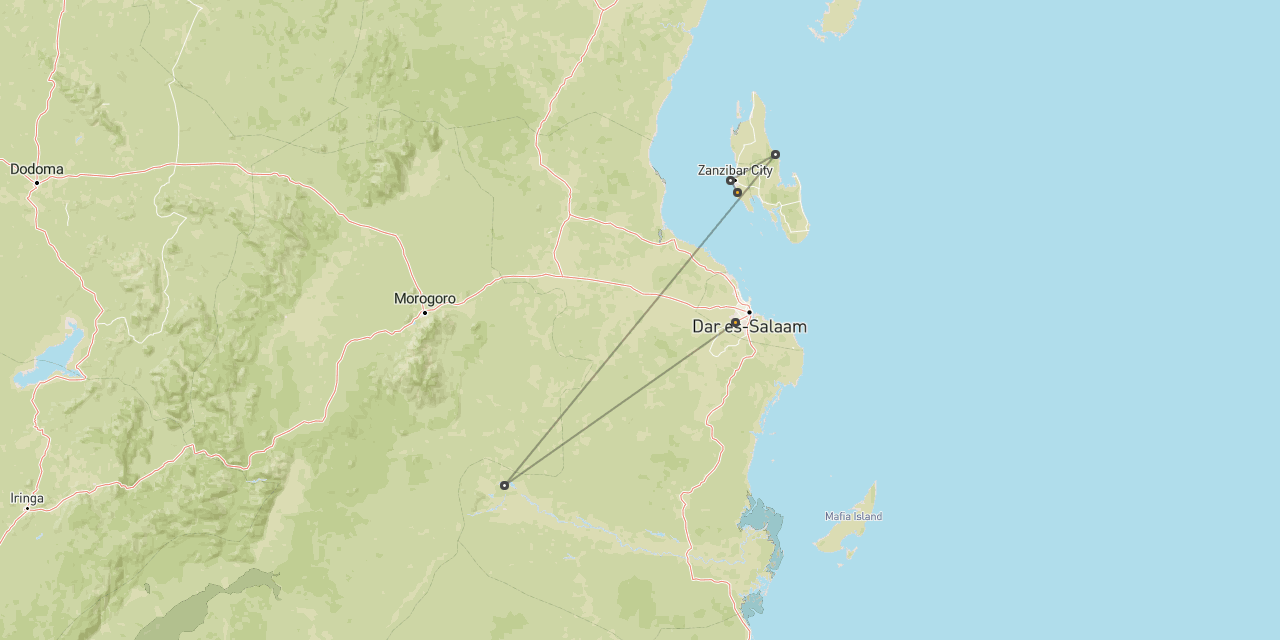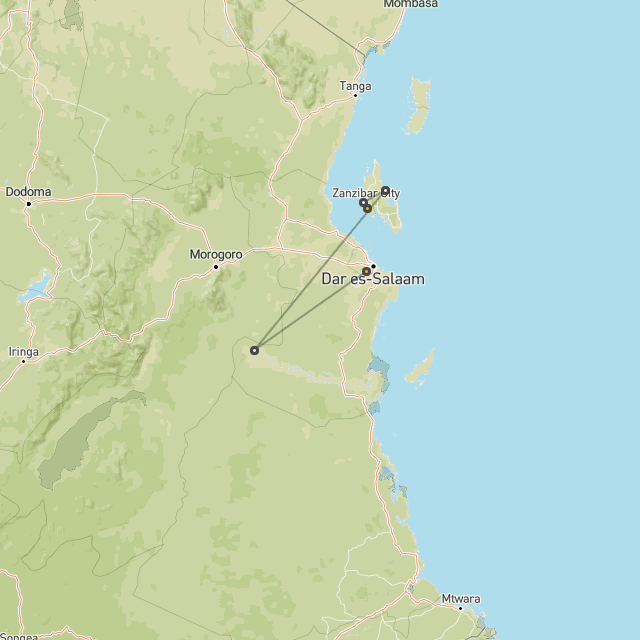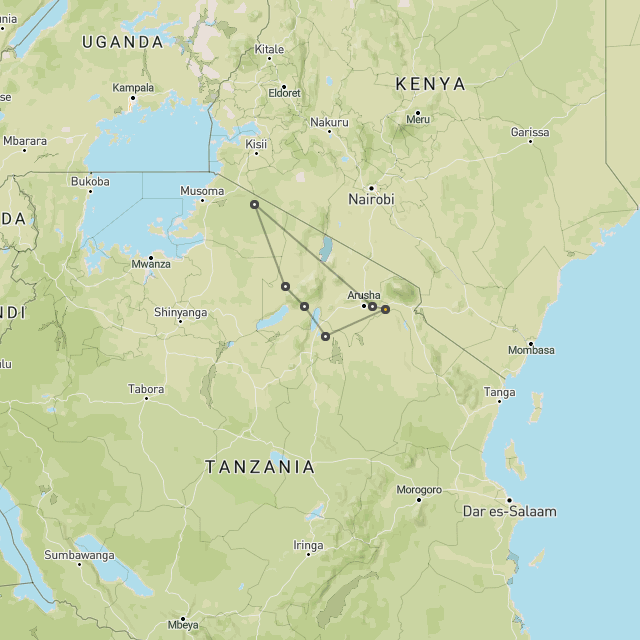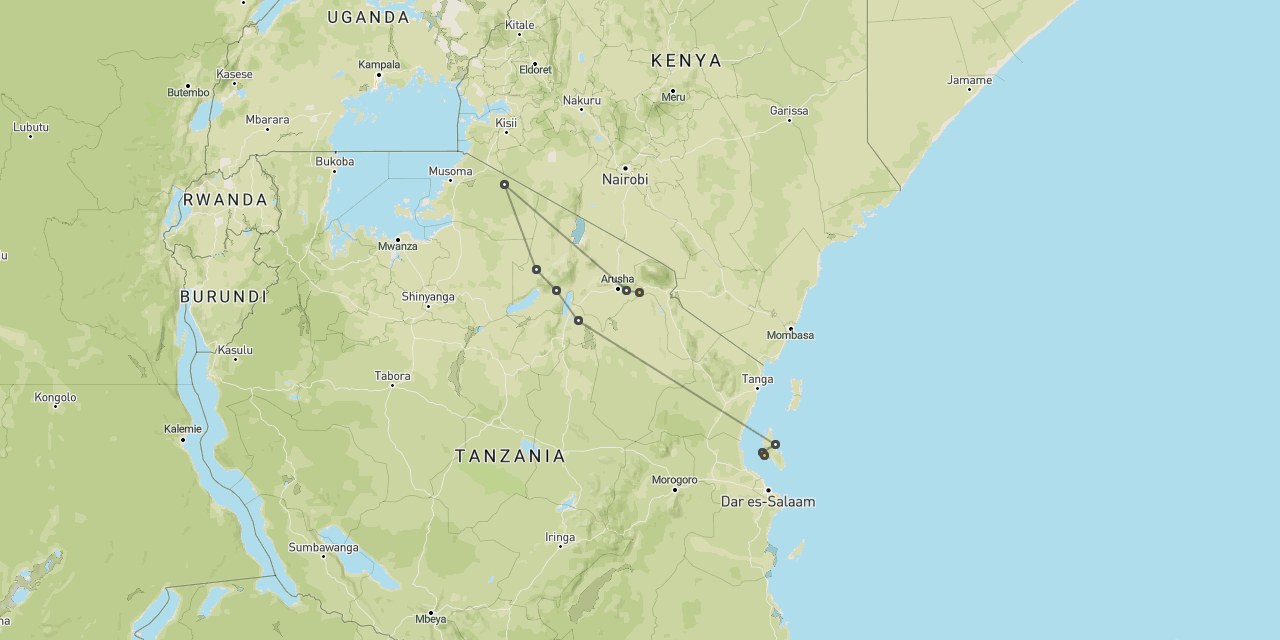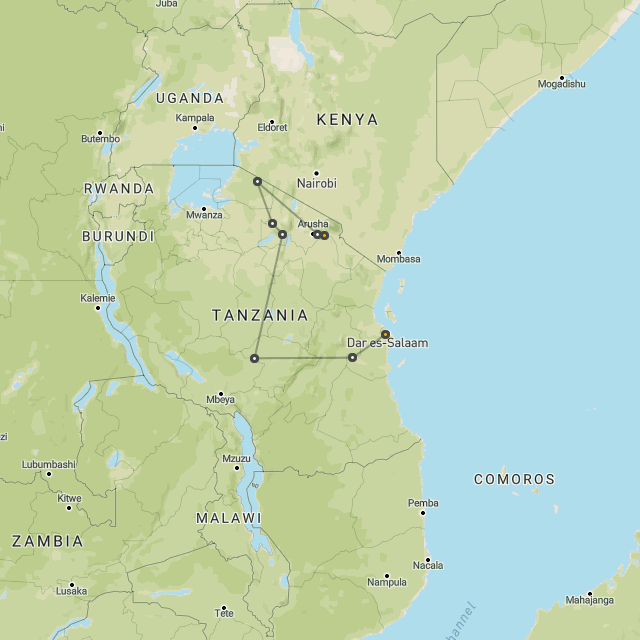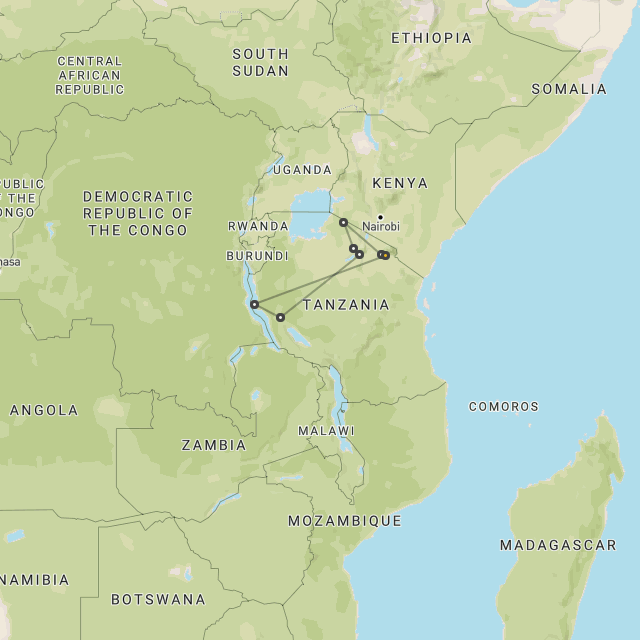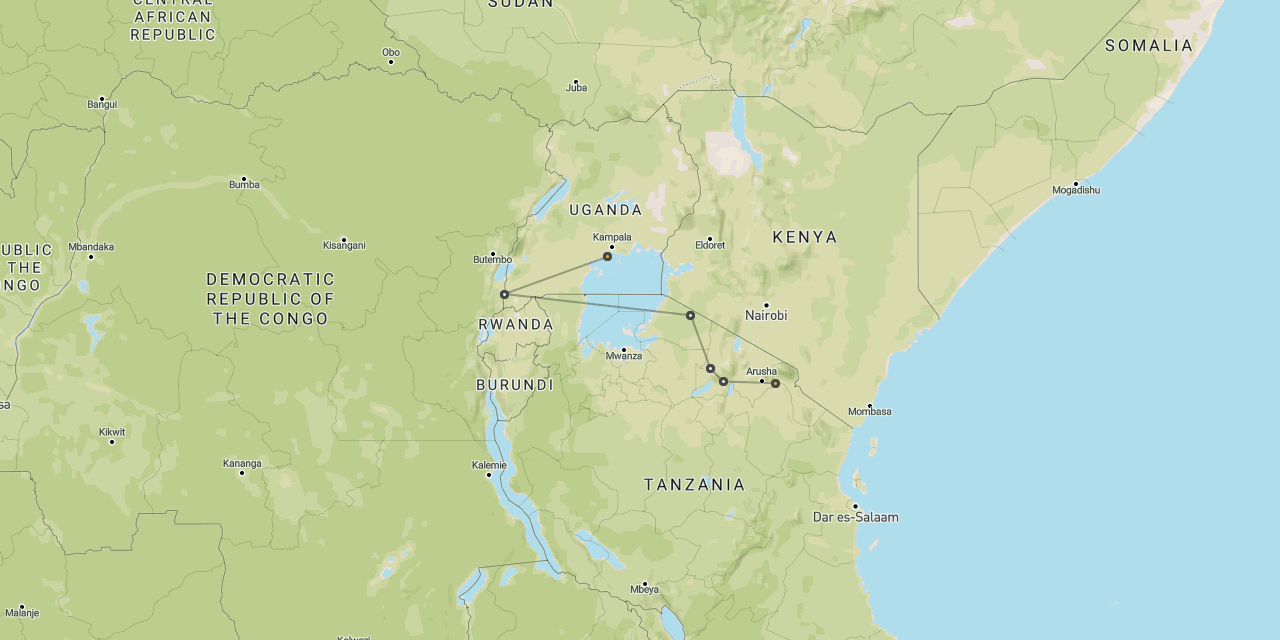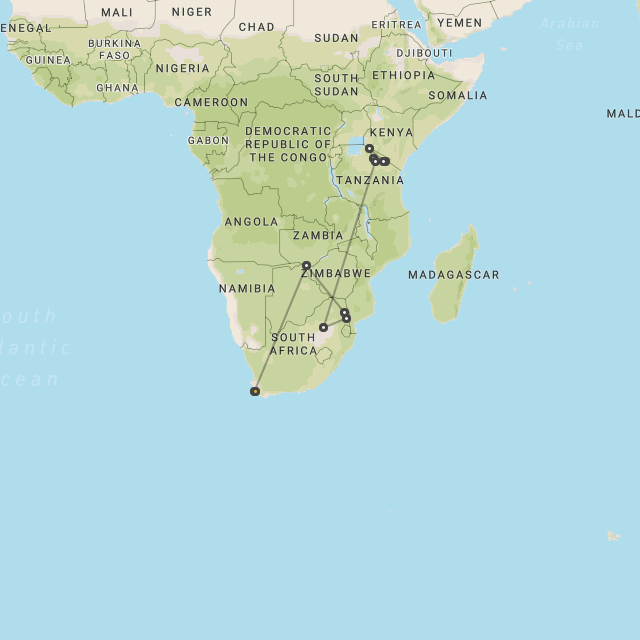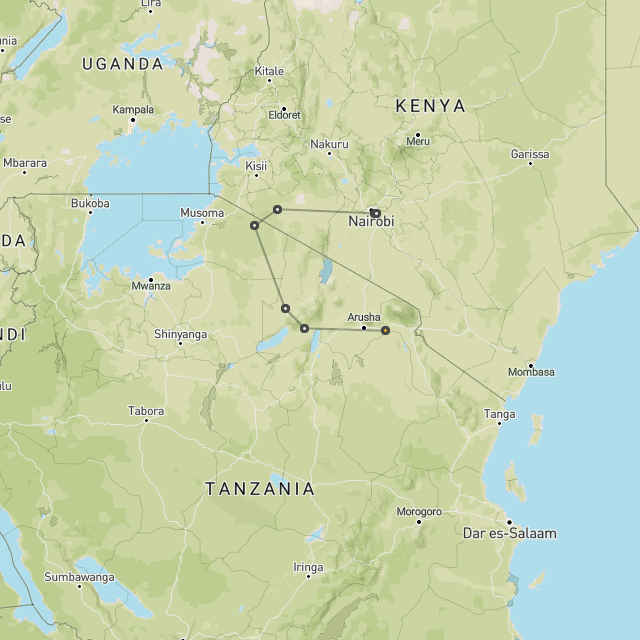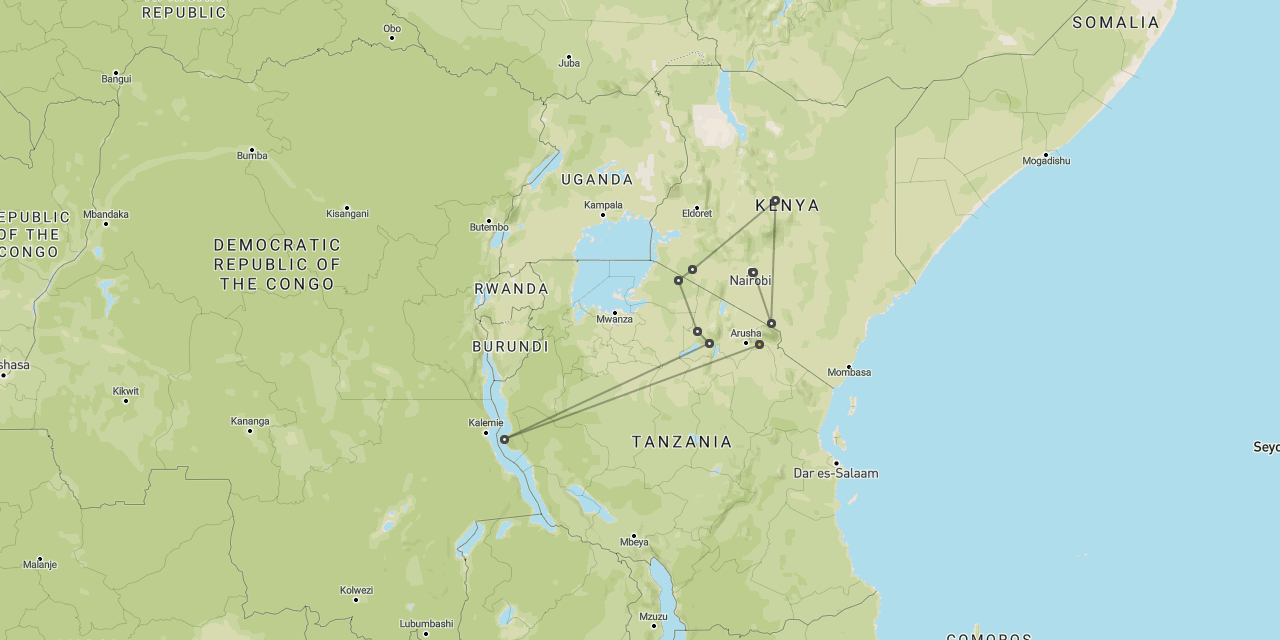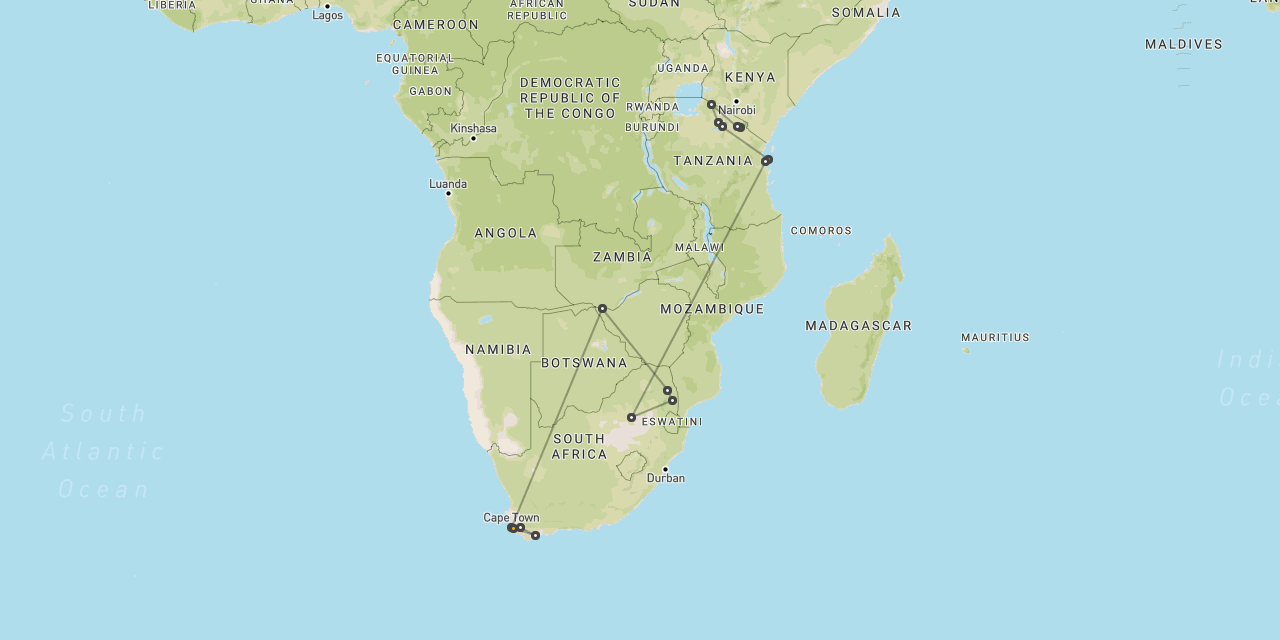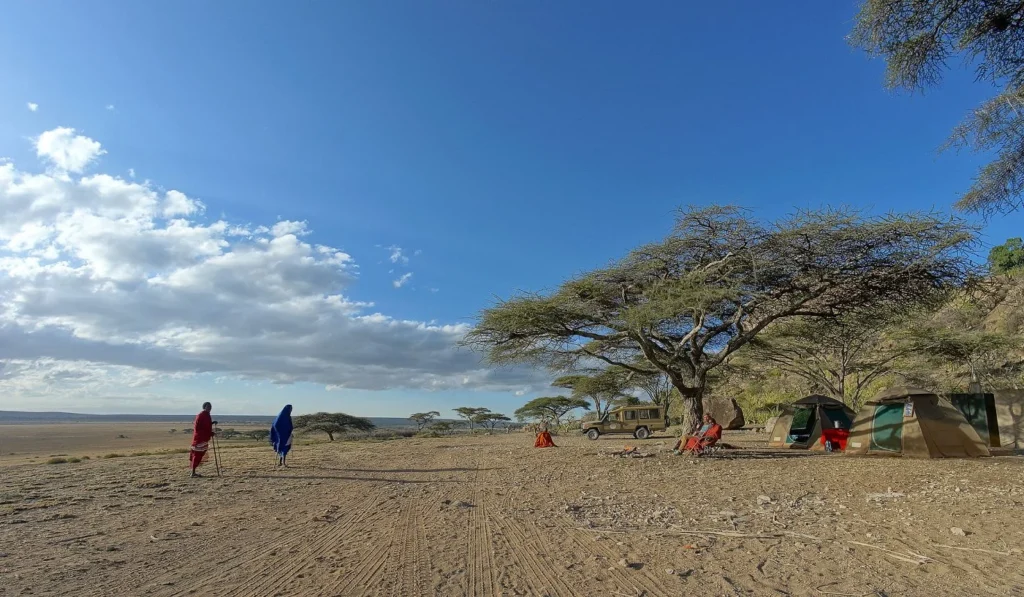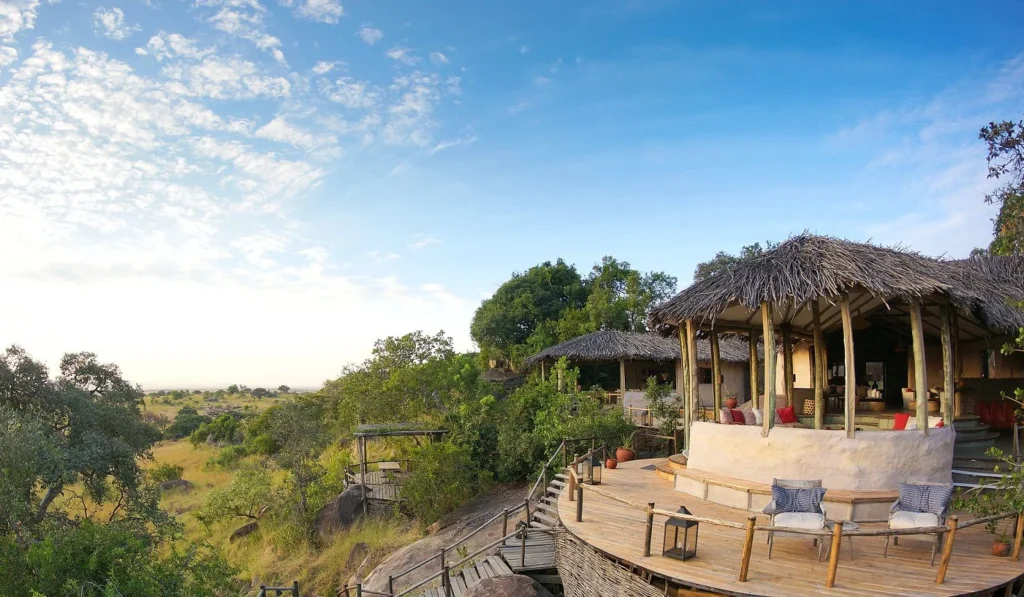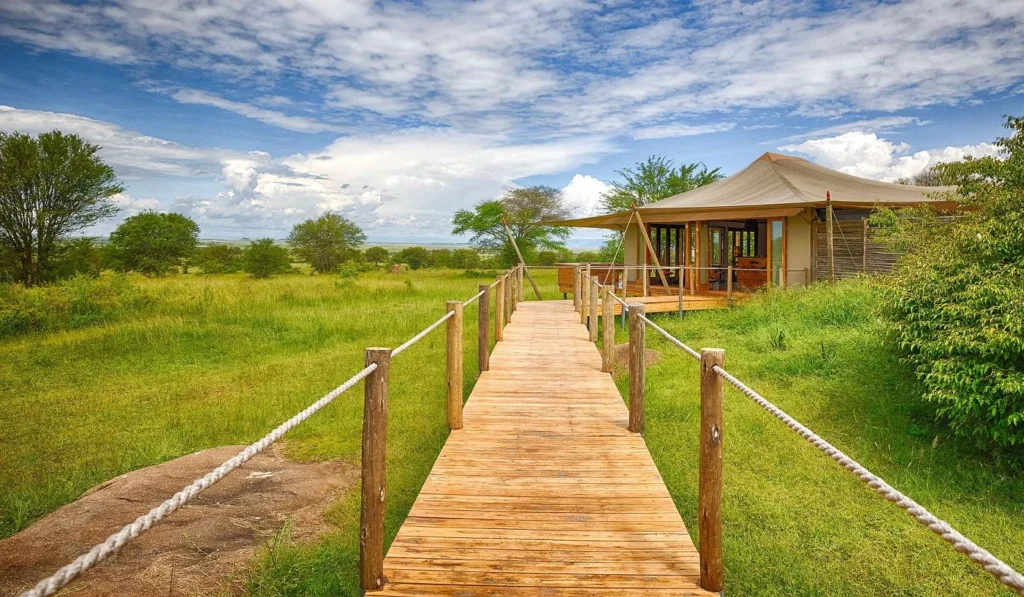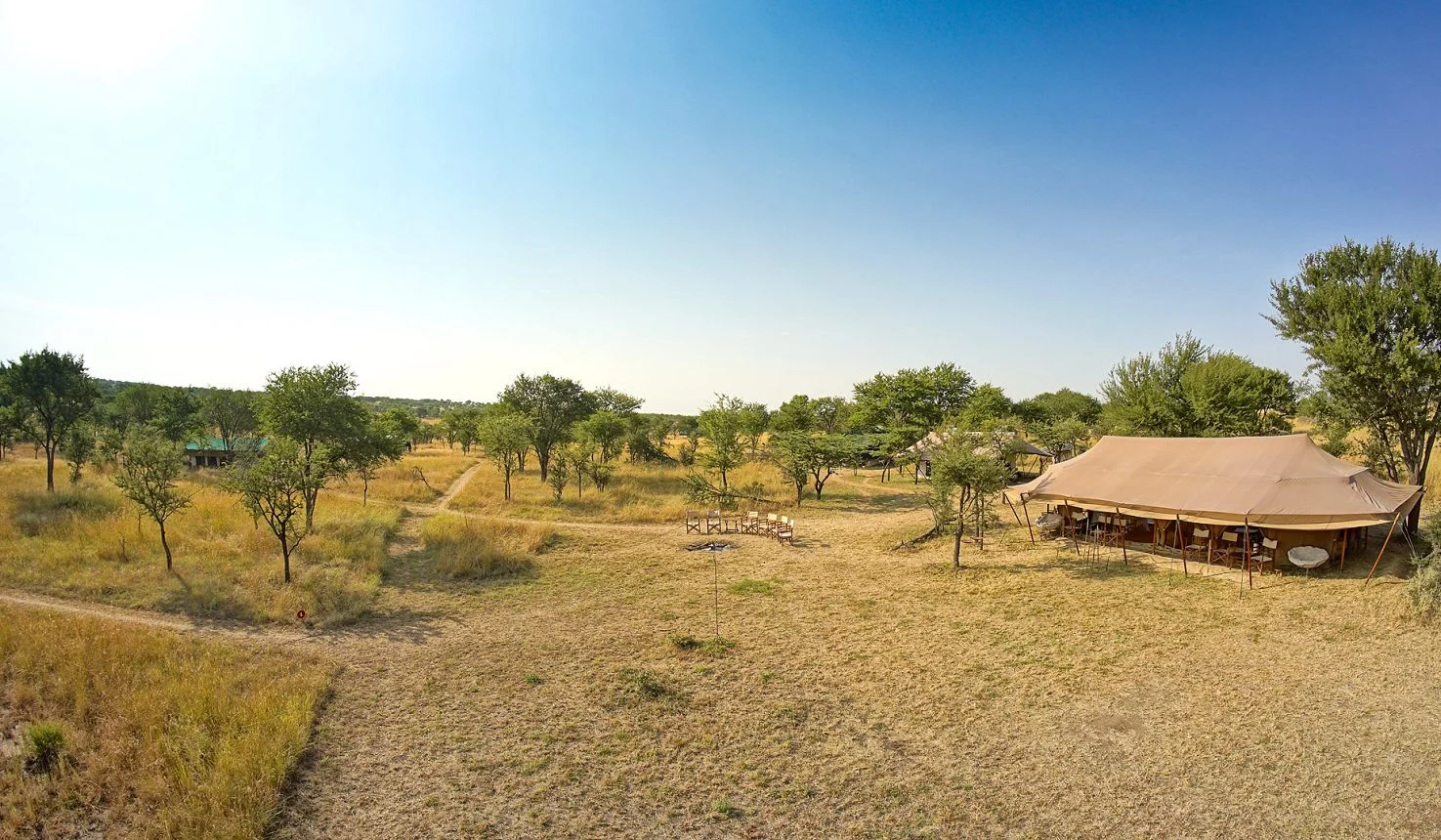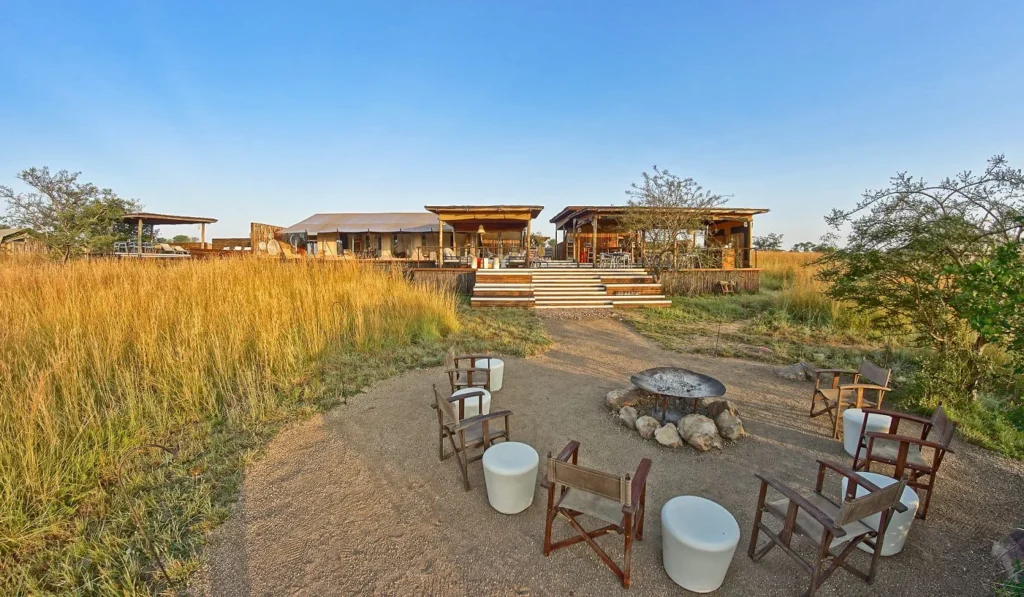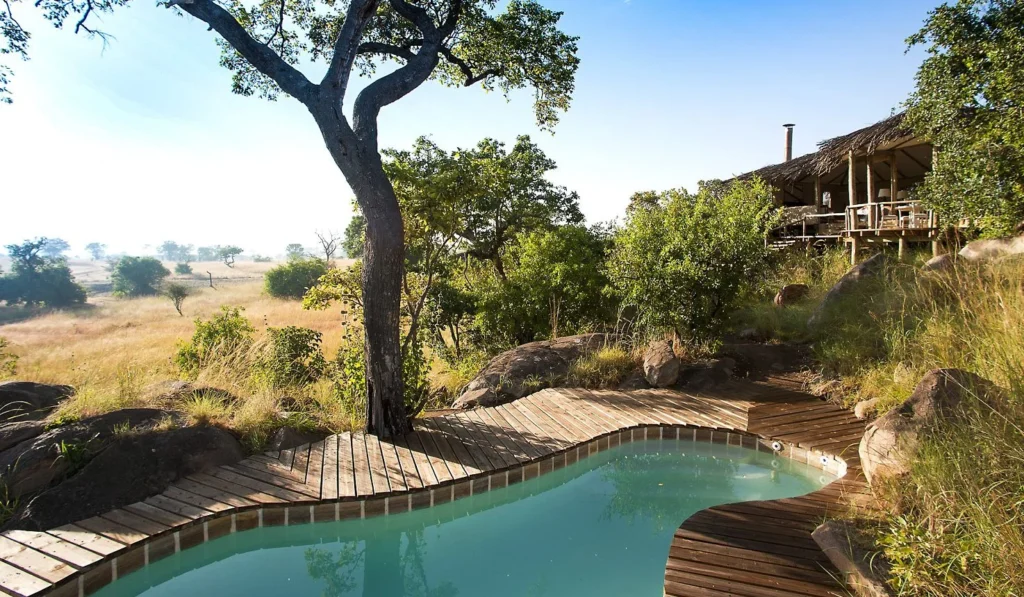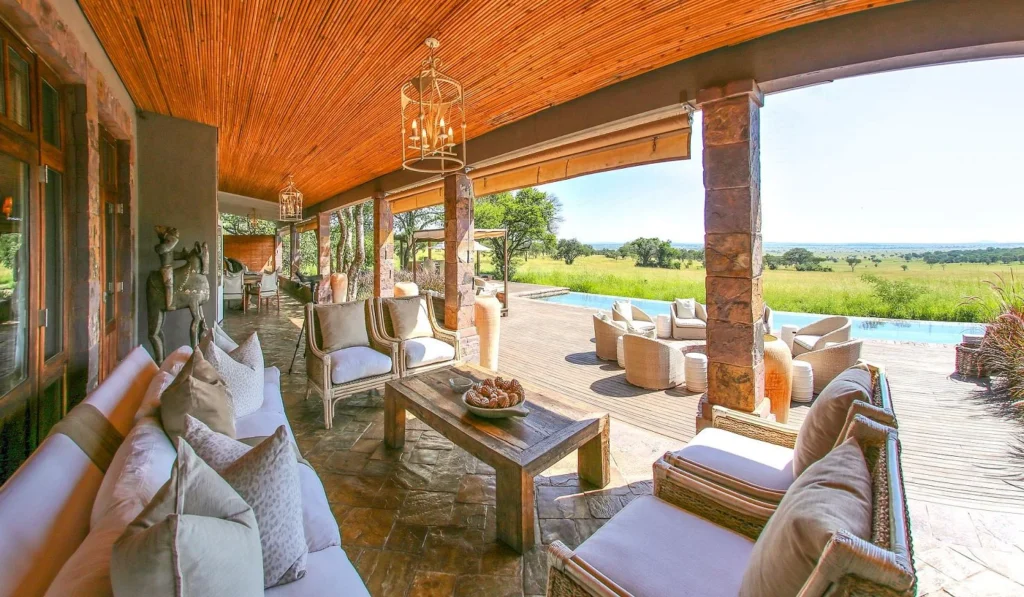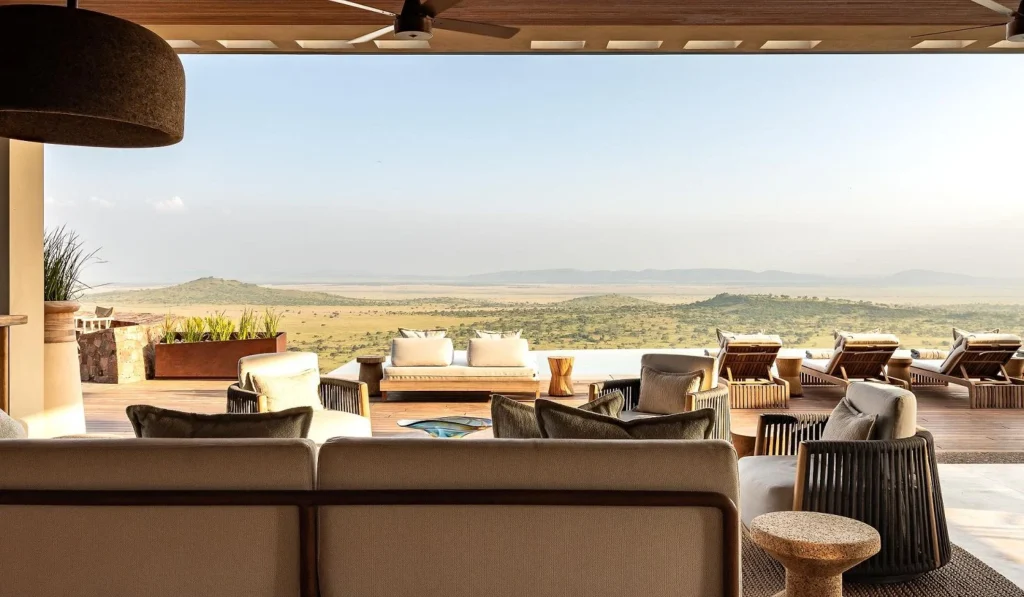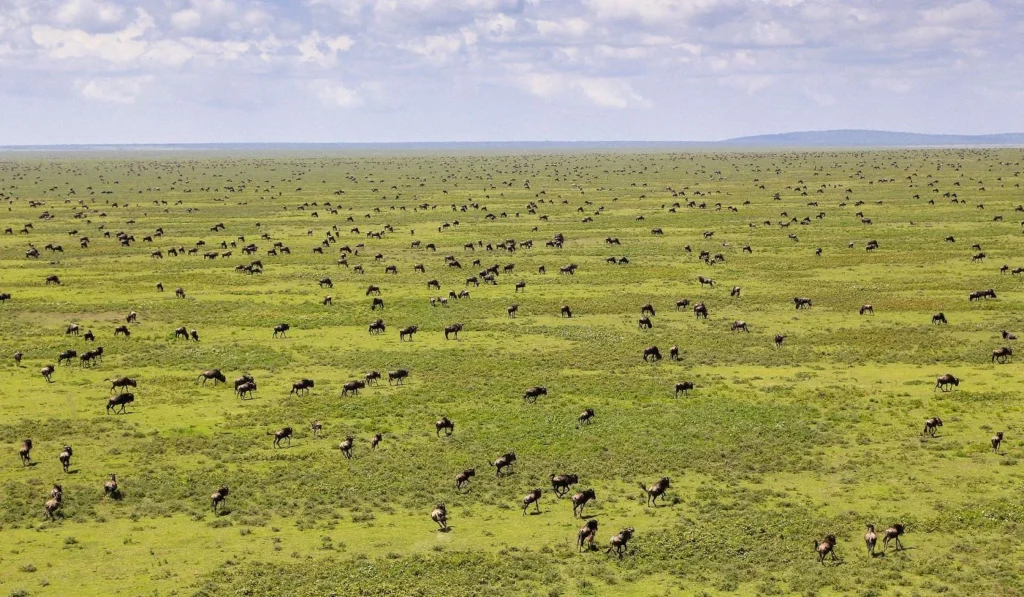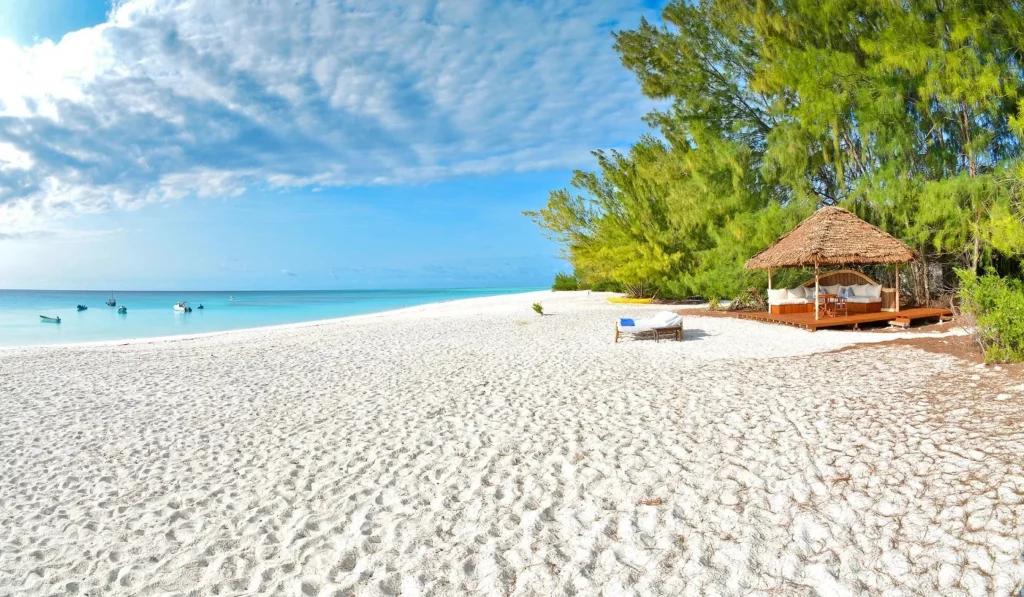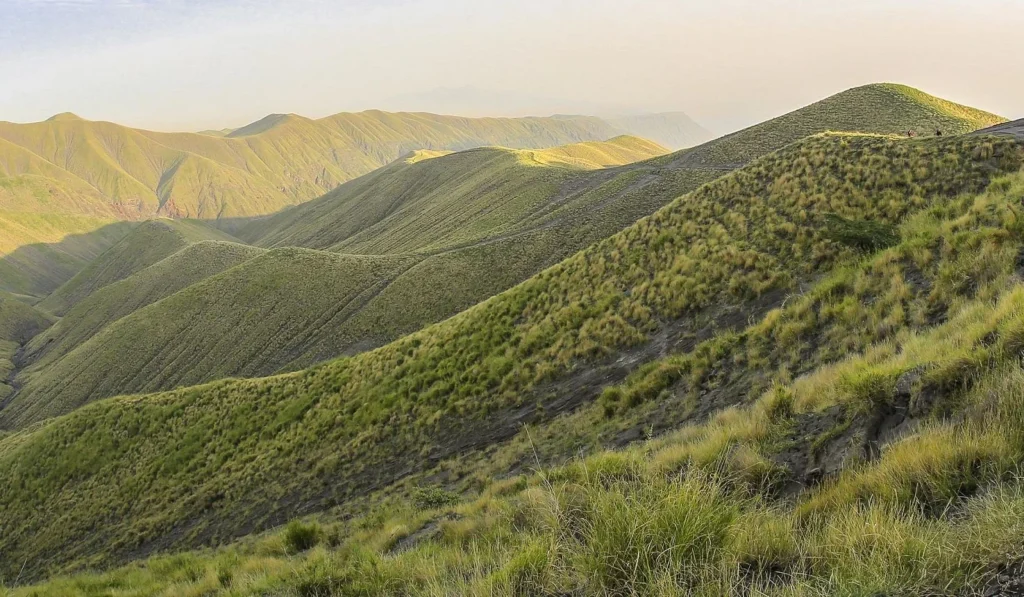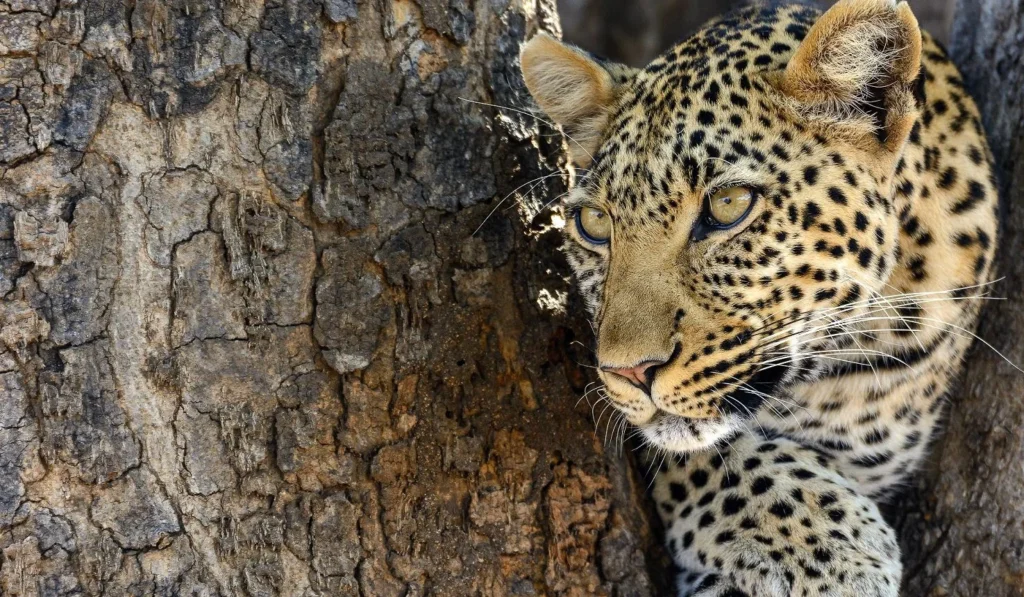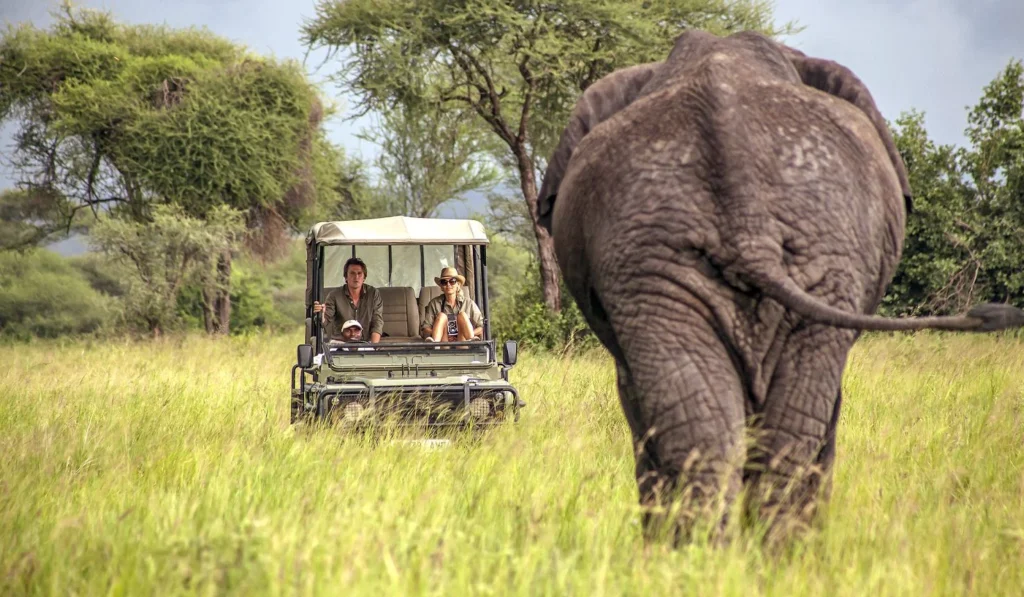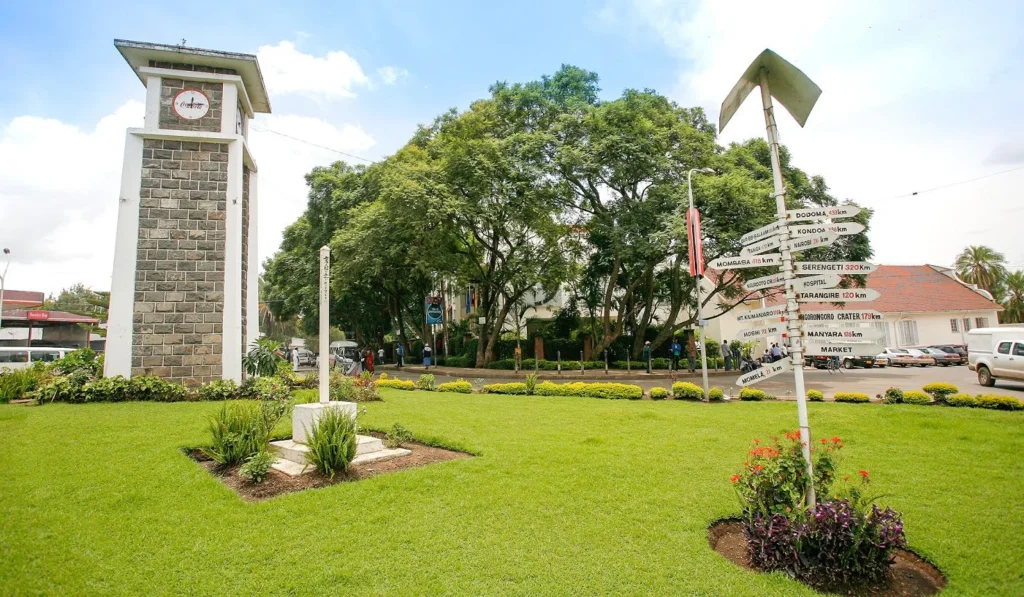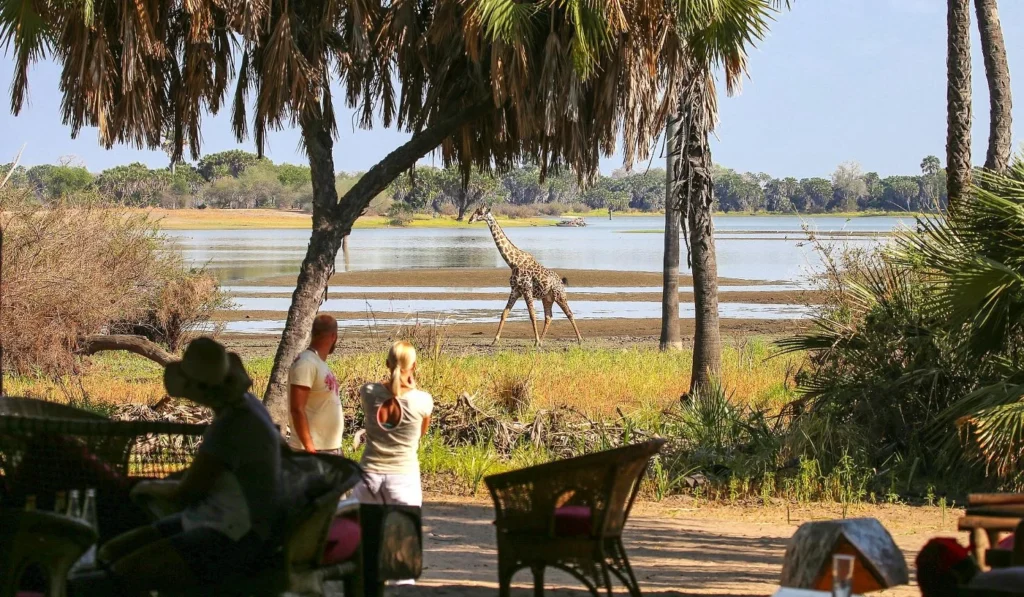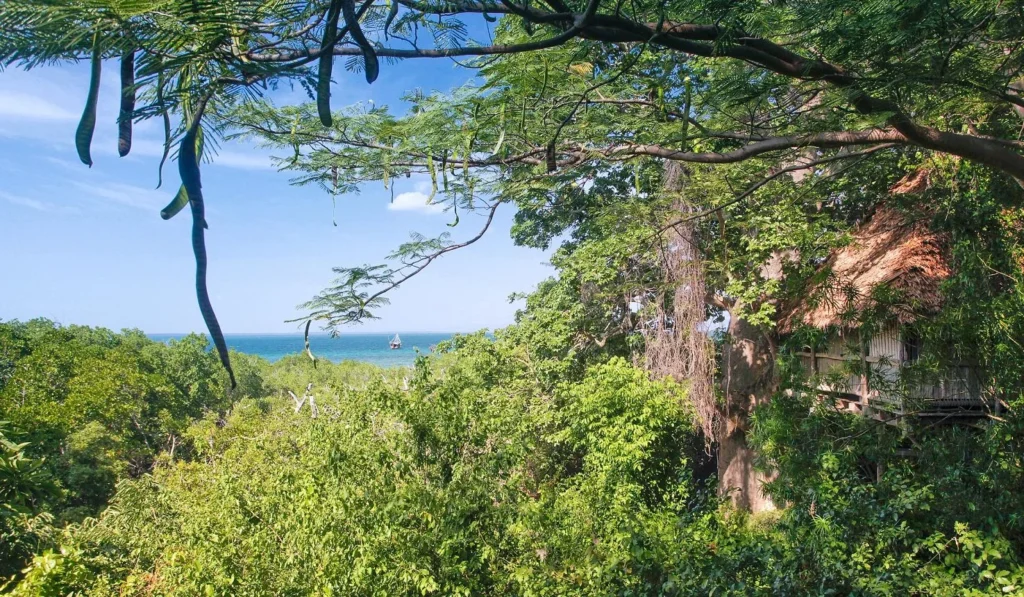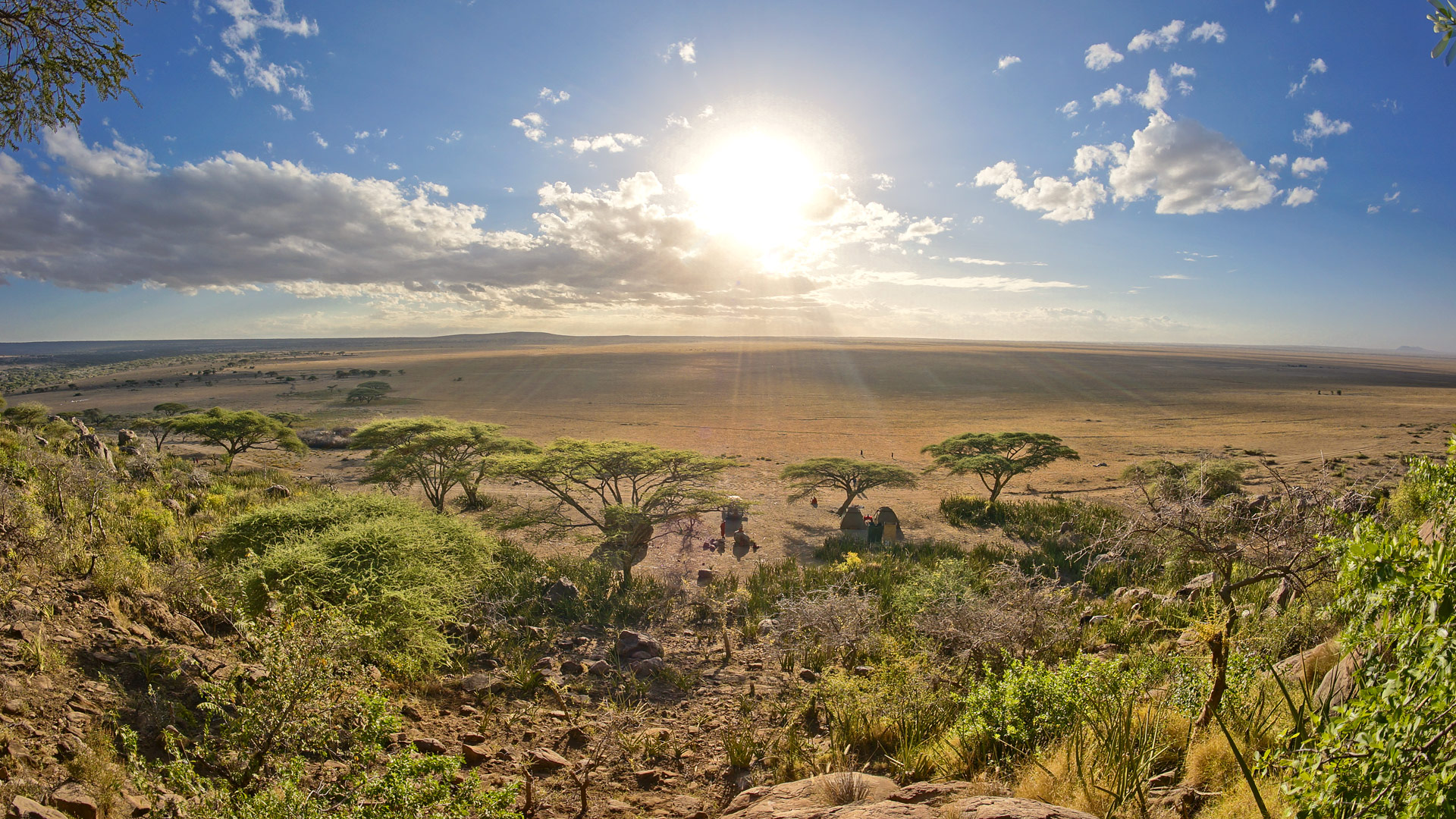
Safari to Serengeti Southeast
Serengeti Southeast
is a little-visited area
with migration action Nov-Apr
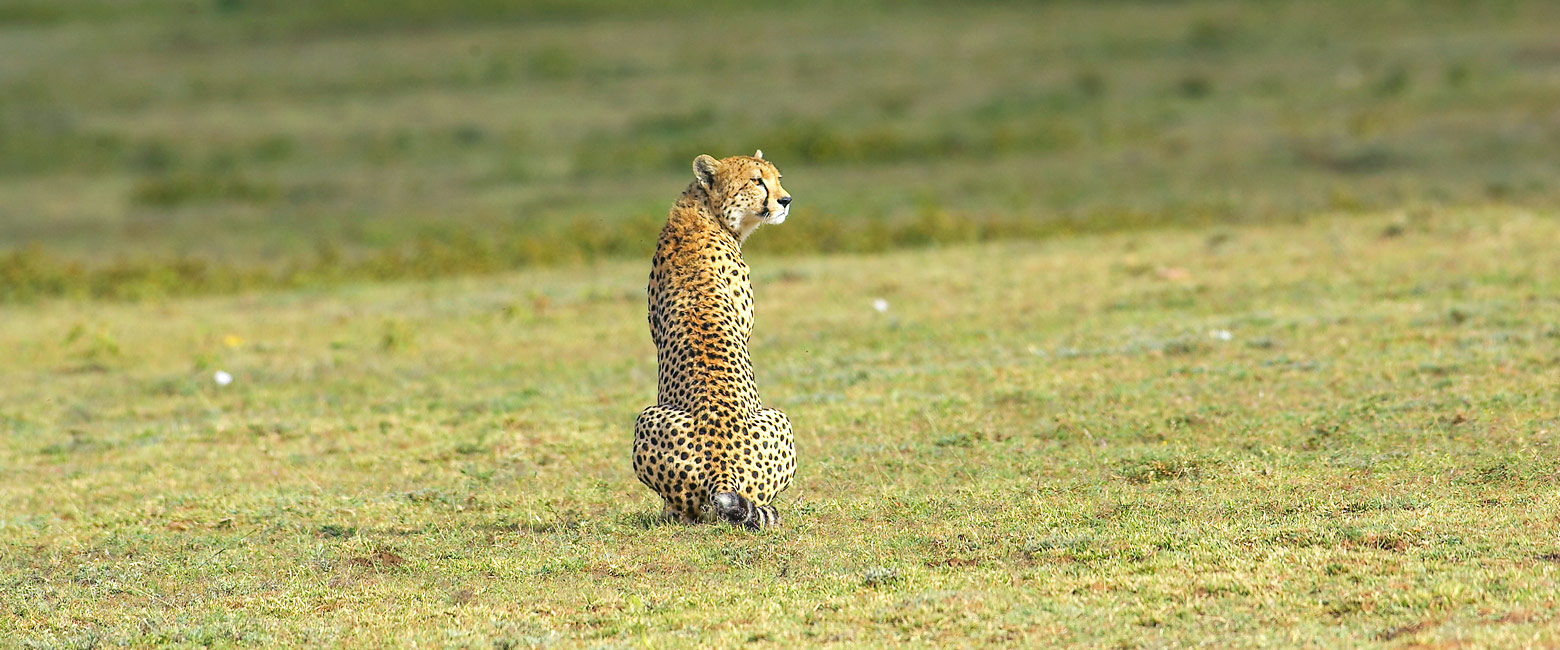
chances of incredible migration experiences
Serengeti Southeast is the most overlooked part of the greater Serengeti region.
Although it lies relatively close to the main road north from the Ngorongoro Crater, hardly anyone pulls in here to investigate.
The area contains substantial tracts of the short-grass plains that are so critical to the migration movement and during the Nov-Apr green season it can be the site of some remarkable (if unpredictable) migration viewing.
During the converse May-Oct dry season the focus is more on exploring this remote wilderness and interacting with the local Maasai tribespeople.
There are no permanent camps or lodges in the area. The only option is for us to set out a mobile bivouac camp, or for you to stay at Olduvai Camp, from where you can explore this remarkable area on day trips.
Wildebeest migration
During the Nov-Apr period, the migration herds often pass through this Serengeti Southwest area, often lingering for weeks. In fact during the early (and least predictable) part of that season, the ‘missing’ herds are often to be found here, tucked away in the hidden valleys of the Gol Mountains, mowing up the nutritious short grasses, whilst giving birth to their calves en masse. If you get lucky with this kind of sighting, then you can really have the place to yourselves, which is really special.
It’s virtually impossible to time your visit to hit the herds in this area, there’s always an element of luck. For this reason we almost always combine a stay in Serengeti Southeast during the migration season with nights in either or all of Serengeti Southcentral, Serengeti Southwest and Serengeti Central.
During the converse May-Oct dry season months Serengeti Southeast can be very dry and most of the wildlife moves up into the Gol Mountains or the nearby Ngorongoro Highlands in search of grazing.
There’s usually still some giraffes, vervet monkeys and gazelles around, as well as the occasional cheetah, but this really isn’t a time for reliable wildlife viewing.
The real focus during this period is experiencing genuine Maasai interaction, which can be unusually natural and relaxed, especially if you travel out from a base at Olduvai Camp, since your guides will usually know (and most likely be related to) all the local tribespeople that you meet, which makes a huge difference.
Another highlight is the remote Olkarien Gorge, a dramatic defile which usually continues to provide a watering spot for the Maasai herds throughout the dry season. It’s also the site of the biggest vulture and eagle roost in the Serengeti region, remarkably with birds commuting from here out to the migration herds year round.
Traffic avoidance
Anyone who tells you that the Serengeti is “too busy” or “overdone” is simply admitting that they don’t know how to go about arranging a proper safari.
In truth almost all of the vehicle clustering takes place in predictable core areas and is very easily avoided. It’s estimated that at any time 95% of visitors to the Serengeti area are in only 10% of the land.
In Serengeti Southeast there is virtually no vehicle traffic year round, certainly not once you get east of Shifting Sands. We have occasionally encountered a mobile camp discreetly hidden away in the Angata Kiti or around Nasera Rock, even more occasionally at Olkarien Gorge. But this is the kind of place where you pull over and say hello to anyone you meet, it’s really rather pleasant.
As always, it’s very much up to you to make it clear to your guide quite how important avoiding other vehicles is to you.
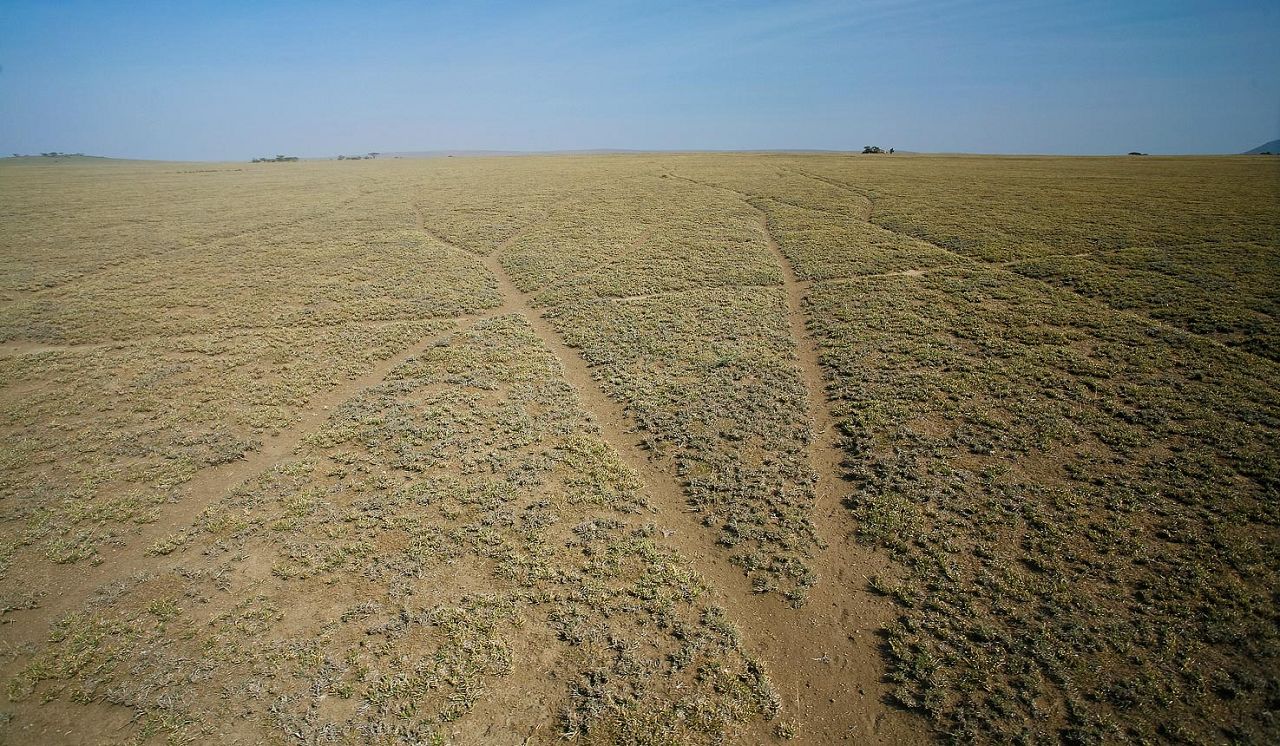
Gallery
Map
Virtually everyone visiting Serengeti Southeast do so as part of a guided overland safari, so they travel to their camp and around the area in their private vehicle.
As an additional bonus, the majority of our guests coming into this area first pull into (or stay at) Olduvai Camp to pick up a local Maasai guide, who will guide you across his home range and introduce you to the various tribal people that you meet, who he knows personally. This makes an extraordinary difference to a visit to Serengeti, suddenly you are transformed from a transient stranger to a welcomed guest.
Where to stay
Deciding where to stay in Serengeti Southeast is pretty simple, since the only option is for us to set out a mobile bivouac camp for you, where you can really enjoy the company of your guide and Maasai team.
Actually it’s also possible for us to set out much more extensive and comfortable camps too, but the demand for these tends to be sporadic and the option is not presently described here on the website.
your own private mobile camp and Maasai crew
Further reading
- Safari in Serengeti
- The best ways to experience the Serengeti migration
- The best balloon safari in Serengeti
- The best ways to avoid traffic in Serengeti
- The best time of year for safari in Serengeti
- The best locations for safari in Serengeti
- Safari in Serengeti Central
- Safari in Serengeti Grumeti
- Safari in Serengeti Mara
- Safari in Serengeti North
- Safari in Serengeti Southcentral
- Safari in Serengeti Southwest
- Safari in Serengeti West
let us know your thoughts about Tanzania
and we will help you create the perfect safari
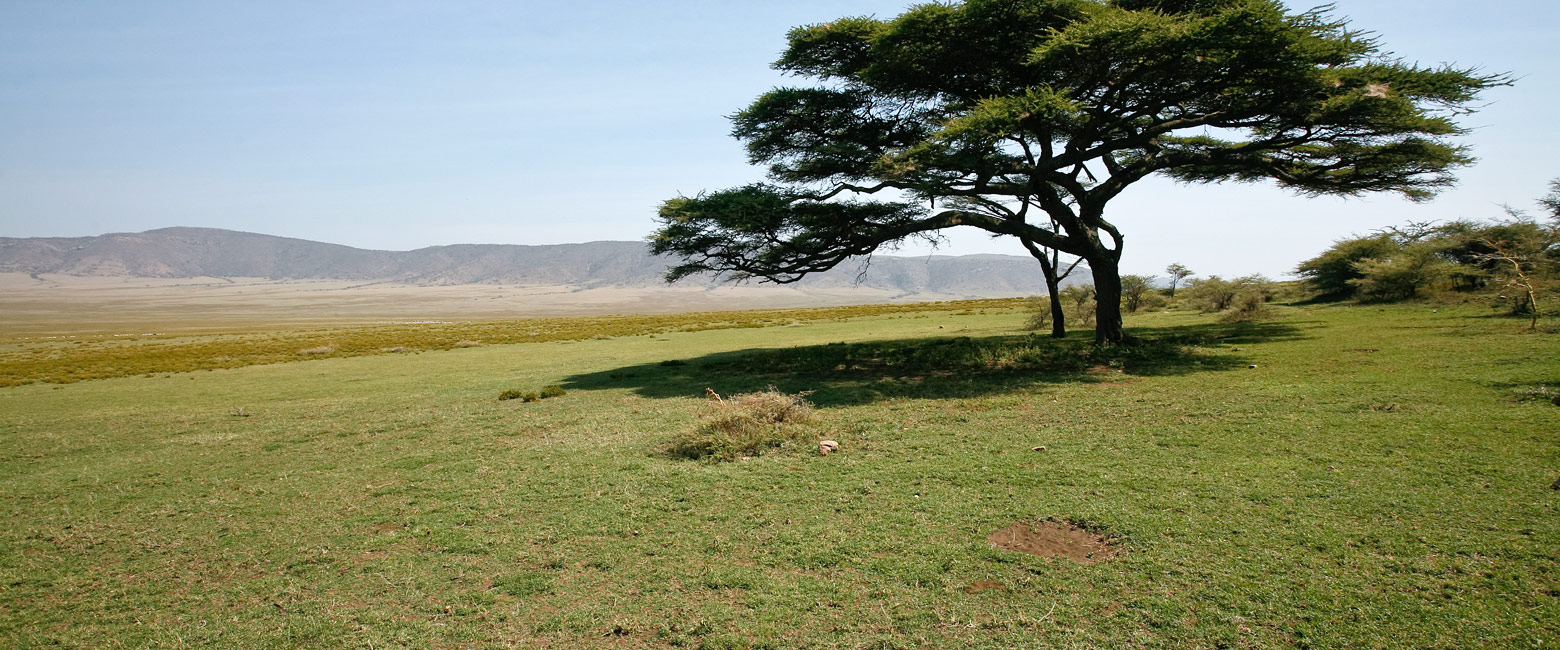
Extraordinary tailor-made adventures,
from earthy and edgy to easy and extravagant
From around USD 2500 per person, you set the ceiling
Sample Trips
Here are some of our popular trip shapes
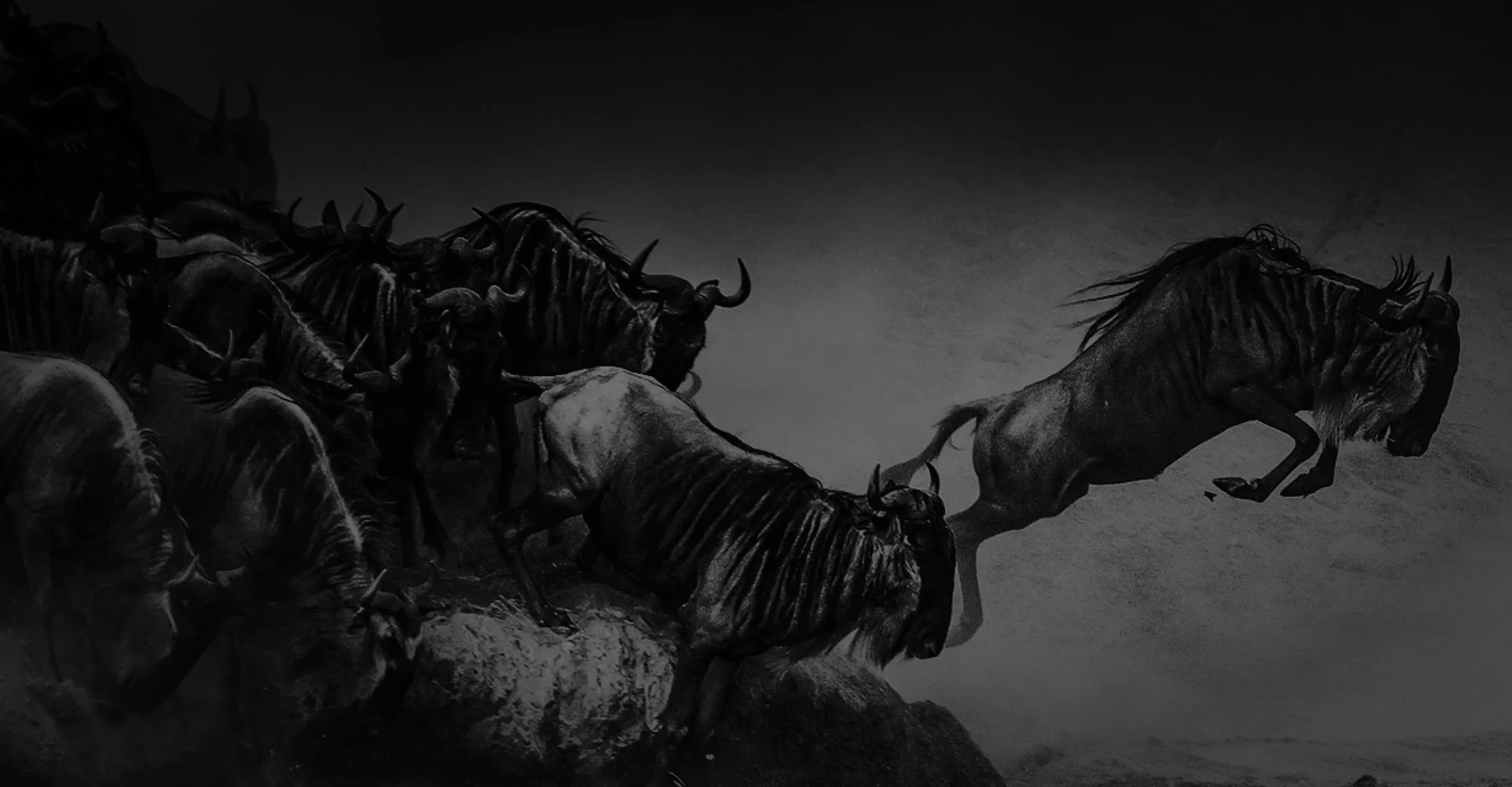
Get started on your trip
It’s never too soon to get in touch, we are here to help with every stage of your planning.
Best Lodges
We regularly inspect and photograph all of the the best lodges, to ensure that we always recommend the most suitable options
Key Locations
Take a look around related locations. Click ‘View more’ to explore locations further afield.
Where Next?
Where Next?
We offer trips to dozens of fabulous countries.
Might one of these might be your next great adventure?
Please rotate your screen.

















